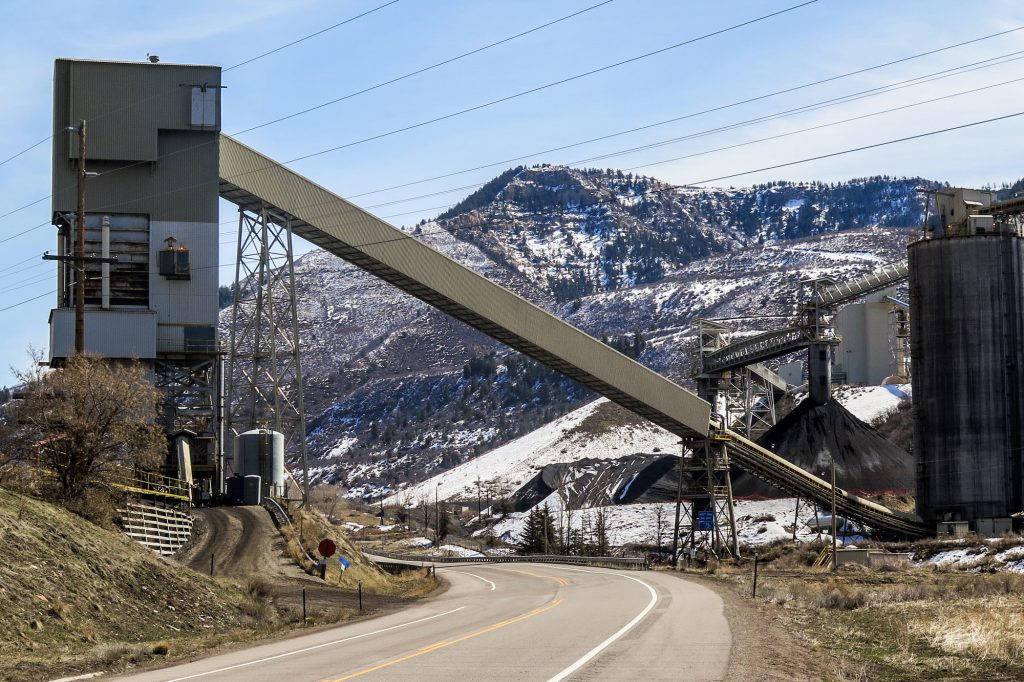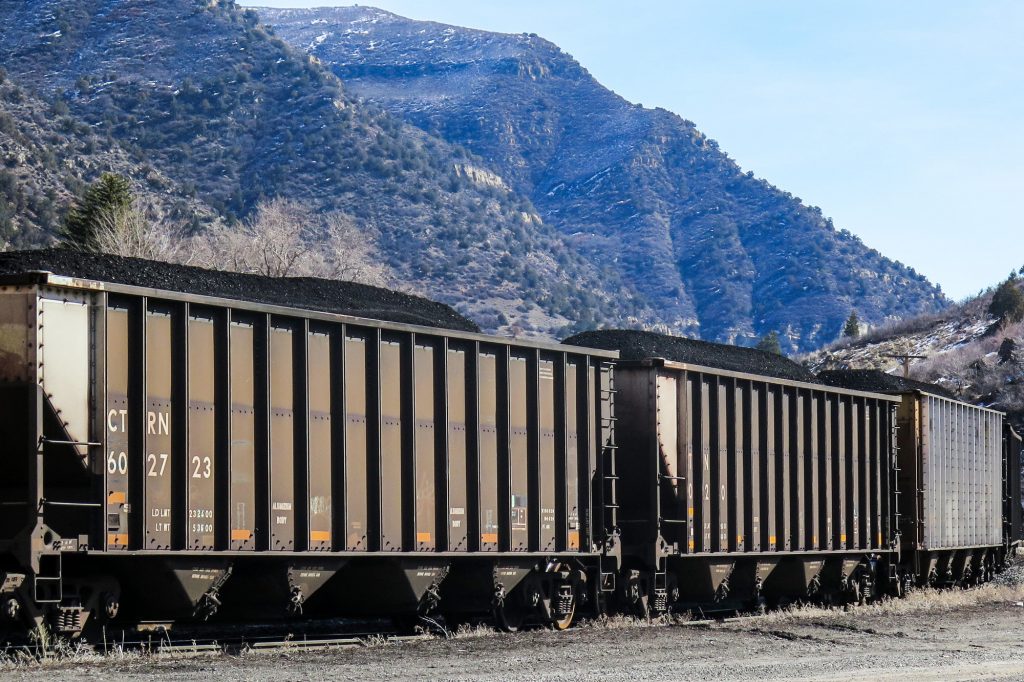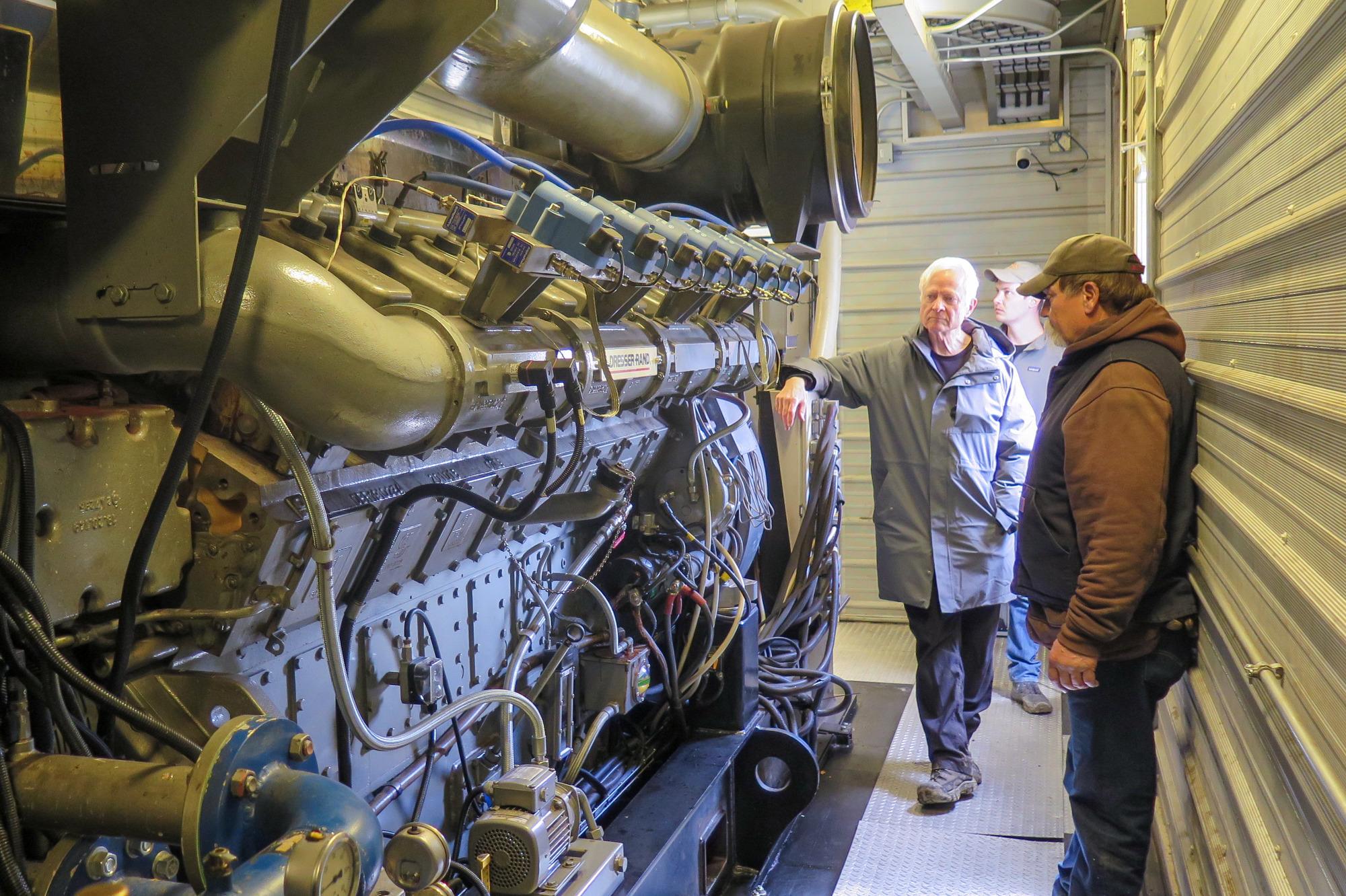
The Elk Creek mine above the town of Somerset may have closed years ago, but methane gas still silently seeps out of its collapsed walls and into the atmosphere.
Tom Vessels, a former gas executive turned entrepreneur, is on a mission to eliminate that gas from closed or abandoned mines and prove doing so can slow down global warming.
For the last nine years, Vessels has captured the mine’s methane and used it to generate electricity for residents in the surrounding valleys. This has removed 250 billion cubic feet of methane annually — equivalent to taking more than half a million cars off the road for a year, according to a February report from Aspen Skiing Company, the project’s backer.
“The more I learned about the methane's impact on the environment, well the more excited I got,” Vessels said. “I can see what we're doing is having a real benefit. I just wish we could do it faster.”
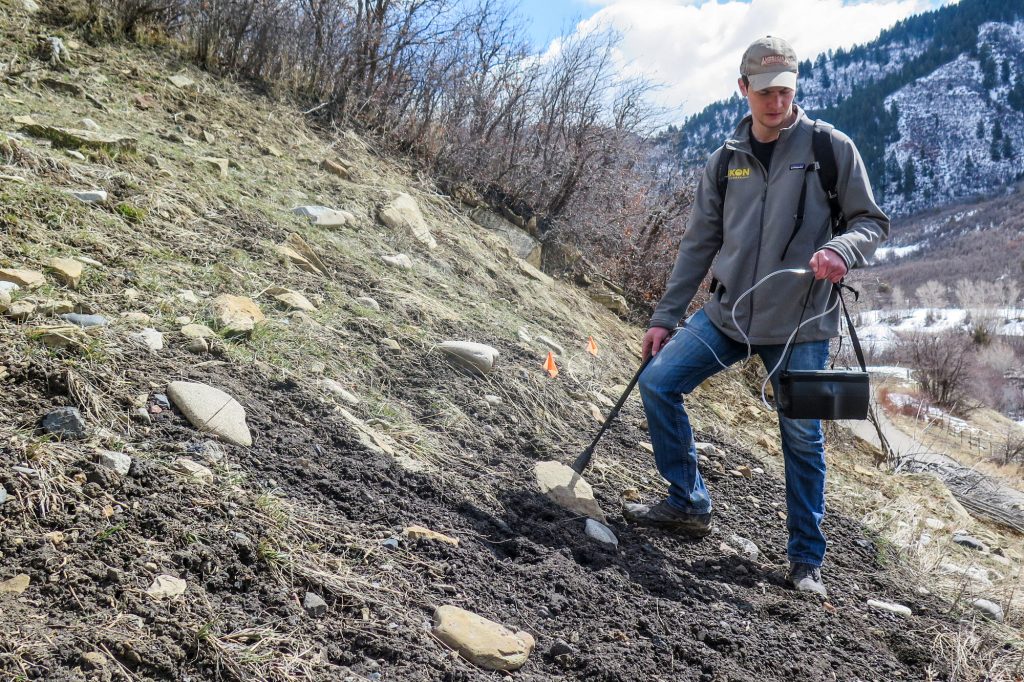
Despite his proof of concept, Vessels is still the only one capturing methane from non-operational coal mines in Colorado, according to the Colorado Department of Natural Resources. The Elk Creek project is one of only four similar projects operating in other states, U.S. Environmental Protection Agency data show.
“You can have all the potential in the world, but if you don't have a market, you won't have any development,” he said.
Methane has at least 28 times more warming potential than carbon dioxide. Coal mining is responsible for about 7 percent of all U.S. methane emissions, according to the EPA, and research shows the amount of methane leaking from abandoned coal mines will grow as more mines close.
Researchers and experts agree that capturing mine methane would make significant greenhouse gas reductions. There’s just no profitable use for the gas.
Few places know more about this than the North Fork Valley, which a state energy office report shows is home to some of the gassiest abandoned coal mines in Colorado. A regional working group started meeting in 2017 to brainstorm ways to use mine methane.
“They came up with [that] it’s extremely difficult to use the gas,” said Chris Caskey, a climate scientist who participated in the group. “We looked through all the economic possibilities.”
The gas can be used to generate electricity, like at the Elk Creek mine. But Vessels said it’s currently cheaper and more efficient to create electricity from other renewable resources.
Instead, he said, the country should look at profit in terms of how much mine methane the capture process is removing from the Earth.
“You have to have a policy incentive,” Vessels said. “If you look at the greenhouse gas we destroy, suddenly, we become incredibly economic.”
Companies in countries such as Germany and Australia capture methane and are paid to produce energy from the gas through what’s known as a “feed-in tariff.”
“If you did that, then I'd think you'd see tremendous economic activity in Colorado,” he said. “Right now, frankly, we’ve always been sort of marginal.”
California’s cap-and-trade program offers a similar strategy, allowing companies to offset their own emissions by supporting projects that capture and remove methane. The Elk Creek operation makes money from companies in California through that program, Vessels said.
Coal methane projects face other barriers. Leasing the methane in these underground, defunct mines is a complicated process, requiring a stack of permits from different jurisdictions, said John Messner, a member of the Colorado Oil and Gas Conservation Commission.
“If we can come up with a leasing mechanism to do it and a regulatory scheme to ensure that there's not offsetting impacts, I think you'd have a number of folks that would be interested in pursuing it,” Messner said.
It could soon become easier to formalize methane capture in Colorado. Congress is considering the Colorado Outdoor Recreation and Economy Act, which would make it easier for companies to lease methane from abandoned mines in the North Fork Valley.
Another bill sponsored by Democratic state Sen. Chris Hansen would require coal mines to report their emission reductions from methane capture. It’s one of the ways legislators are looking to codify the emission targets set in Gov. Jared Polis’ climate roadmap.
“You're creating investment and jobs in places that badly need economic development,” Hansen said of his bill. “We can really help those communities and create great jobs, at the same time reduce a huge amount of CO2-equivalent emissions.”
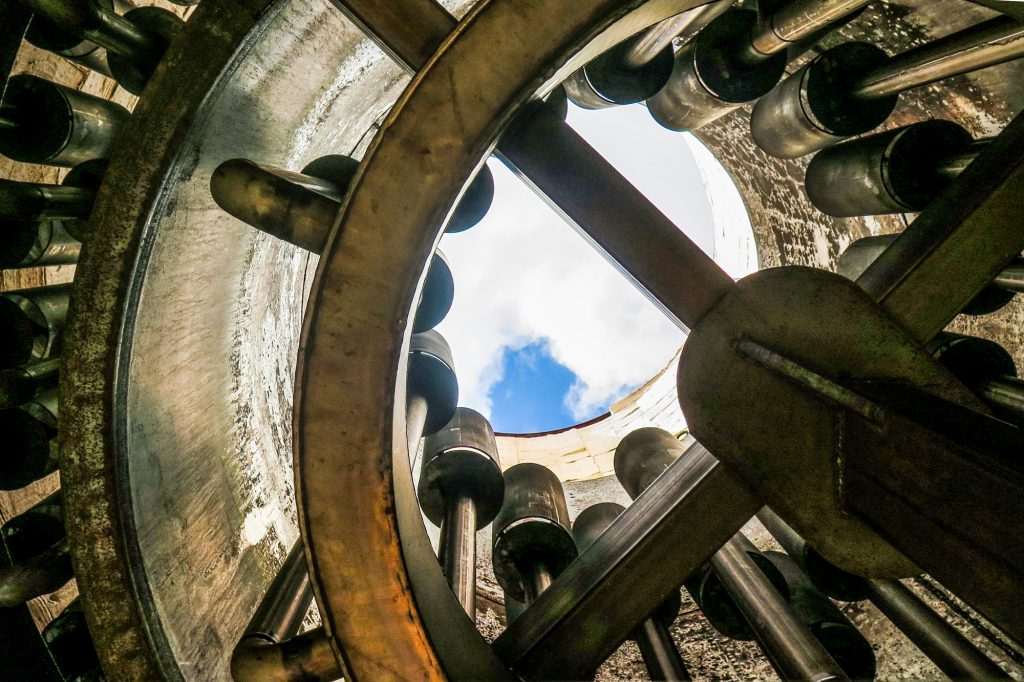
For now, the benefit of capturing the gas is largely environmental. Tanya Henderson, the executive director of the Western Slope Conservation Center in Paonia, says the climate benefits are worth it on their own.
“It’s not really a question of, ‘Is this the most economically feasible thing to do?’” Henderson said. “It's a question of, ‘Is this the right thing to do? Is this something that will improve our world?’ And I think it will.”
The Elk Creek operation proved that capturing methane from abandoned coal mines can bring down emissions in the United States, but the project is costly on its own merits. Burning the methane on-site to transform it into carbon dioxide — a weaker greenhouse gas — may be the most appealing solution, Vessels said.
“This is probably one of the cheapest ways to destroy greenhouse gas,” said Vessels, whose operation also does this. “But that market does not exist in Colorado.”
He now lobbies at the state Capitol with the hope of starting more methane capture operations in abandoned mines across the state.
“We want to encourage people to do more projects like this,” Vessels said.

